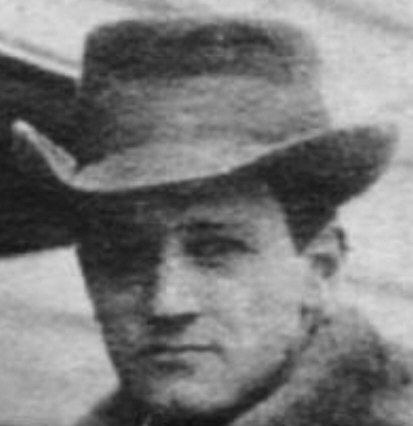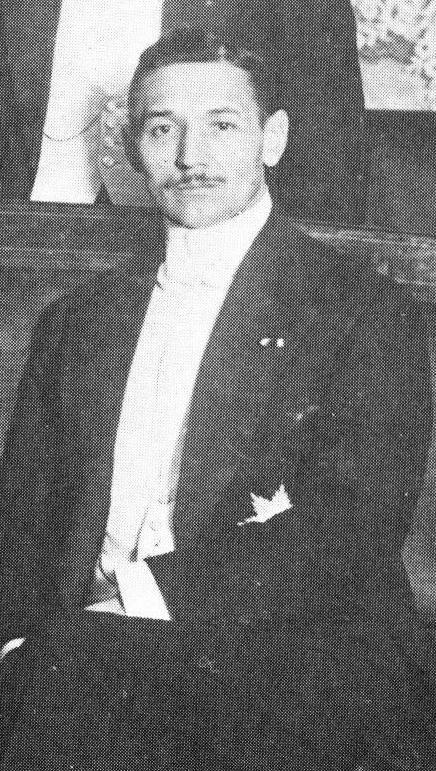A single Zeppelin isn't going to level New York City lol.
As a matter of property damage, the Great Chicago Fire did more "damage" to the stock exchanges (whatever that means, as diverting a few months' revenue to rebuild offices isn't very hard, and New York City in 1917 isn't an industrial wasteland) than a couple dozen 100 kg HE bombs would. It might even help New York in the long run, although I'd imagine the Triangle Factory fire did more to improve fire codes than anything a single airship would do.
Maybe an atomic bomb would do some noticeable damage but even then it would be fixed pretty rapidly. Just look at Japan and Germany who had even worse damage.
Rigid airships are just kind of inherently bad. Flying one across the ocean is going to do no more to help them survive than the Hindenburg did when it flew across the Atlantic. It might even prove the point that they're dangerous if such an ship crashed on its way home and serves to further their demise. The niche where airships in general (blimps, Zeppelins, etc.) are economical are so limited that people have been struggling to find something to use them as that isn't more easily and cheaply done by small aircraft, tractor-trailers, and helicopters for over 100 years. I'm not sure what an airship would be useful for in practice, besides maybe transportation of some outsize goods in austere environments, like the Yukon or something, but they're honestly so vulnerable to weather conditions and have literally zero advantages over something like an H-54 that it just isn't worth the trouble. They can transport things somewhat faster (2-3x) than an ice road truck or resupply vessel, but they are slower than a helicopter or airplane, and they might be able to carry the entire town's worth of fresh veggies in one go (considering fresh produce expires after a week or so, that's a constant delivery schedule that would still benefit the airship, if only a little bit).
So they are good for transporting
https://umanitoba.ca/faculties/management/ti/media/docs/AA04_airship_large1.pdffairly low density, but high bulk items (fresh produce, for instance),
moderate distances (~1000 km). Given that airliners have, and continue, to serve as mass movement platforms for people (the idea of airline tickets as expensive is somewhat antiquated) while ships are mass goods movers, I don't see a place for airships delivering peaches and mangoes to Nome. They would need to be more substantial, as I doubt the desire for fresh versus canned peaches is so great that people are going to fund a whole new method of transportation infrastructure simply because they cannot wait six months for the ocean to unfreeze. Climate change will make this less of a concern anyway as the northern latitudes open up in terms of service and agriculturally arable lands.
At the moment airships exist somewhere between a small ferry and a large cargo heavy helicopter like the Mi-26, with neither of the advantages of already existing with already-built and paid-for infrastructure, which is always a tremendous benefit. Generally speaking in low latitudes most of these transport tasks have been consumed by rail, road, or barge/canal transport, so they are already a no-go there because the markets for that sort of transportation are shrinking anyway. They may be useful for transporting things in the Yukon or Alaska, I guess. Maybe delivering a supermarket's worth of sailor biscuits to some rural Alaskan community and taking on mail or something for transport back, but that's a huge stretch considering the entrenched position of bush pilots. I don't think they (lighter-than-air vehicles) actually have much of a market for anything besides novelty advertising, but who knows, maybe one day people in Nunavut or Nome will be able to enjoy collard greens and spinach year round without worry courtesy blimps I guess?
They were far less advantageous in the past when energy was more freely available and inefficiencies better tolerated, though, so that is a real thing, but irrelevant.
As none of the practical considerations of airship technology have become serious until literally 90-100 years after airships ceased to operate, I don't see what "bombing New York in 1918" would have to do with "robot drigibles delivering fresh peaches to Wal-Mart in 2040s Alaska" have to do with each other. Probably because they have nothing to do with each other. Airships becoming popular again in papers is mostly because people are desperately searching for ways to keep ahead of the Jevon's Paradox than anything, as cheap, portable energy is becoming something of a hot button issue (as it always has been, really).
Ultimately the basic problem with Zeppelins, which is that rigid airships are just kind of dumb, doesn't get fixed if you blow up a bunch of office ladies.
The fundamentals/economics are against Zeppelins until well into the 21st century, and even then it is still an tremendous open question whether they will actually find a market.


